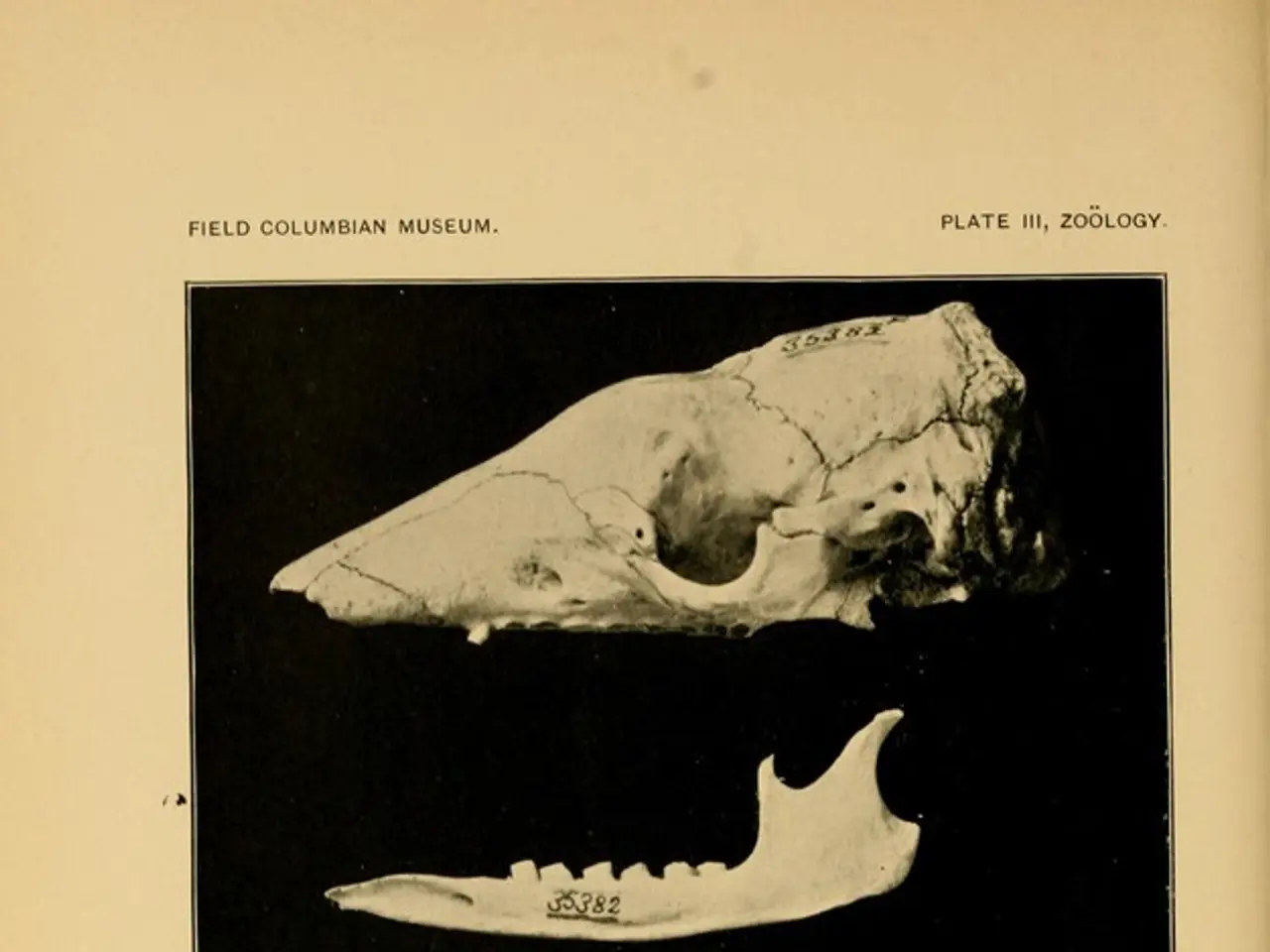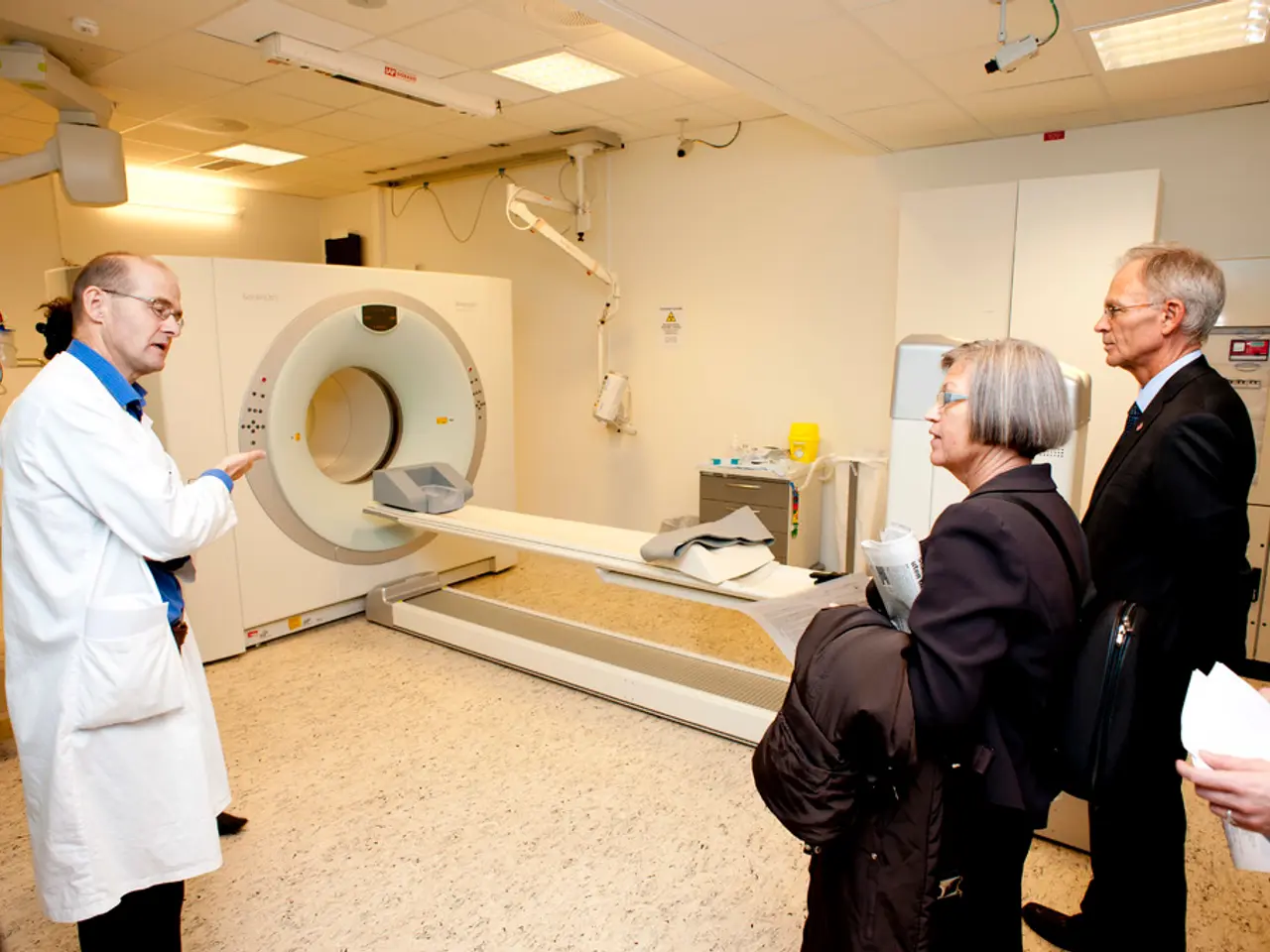Sagging Breasts: Root Causes and Potential Remedies
In the pursuit of enhancing the appearance of sagging breasts, individuals have a variety of options at their disposal, ranging from non-invasive measures to surgical interventions.
Non-invasive strategies offer a less drastic approach, with methods such as strengthening exercises, wearing the right bra, using firming creams and lotions, and the Vampire Breast Lift (PRP Breast Lift) being popular choices. Chest exercises can help tone the pectoral muscles beneath the breasts, providing an overall improved appearance. Supportive bras can offer immediate visual improvement by reducing the impact of gravity on the breasts. However, the effectiveness of these methods is generally modest and their scientific support is limited compared to surgical options.
The Vampire Breast Lift, a procedure using platelet-rich plasma (PRP) to stimulate collagen production and tissue regeneration, has gained popularity for its subtle lifting effect without surgery. Yet, the long-term efficacy of this procedure is still under investigation.
For those seeking more substantial improvements, surgical interventions like mastopexy (breast lift) may be the preferred choice. This procedure aims to raise the breasts by removing excess skin and tightening the breast tissue. The choice of management strategy can depend on the staging or classification of breast ptosis, with different strategies recommended for varying levels of sagging.
The causes of breast ptosis are not fully understood, but factors such as pregnancy, breastfeeding, weight fluctuations, aging, gravity, heredity, and loss of skin elasticity are believed to contribute. Studies have found that significant weight loss, higher BMI, larger bra cup size, number of pregnancies, and a history of smoking are associated with breast ptosis.
It is important to note that people with a previous breast augmentation may require different interventions than those with natural breasts. Additionally, a mastectomy, while it removes breast tissue, is not typically recommended for individuals with significant ptosis due to the risk of nipple problems.
In conclusion, while non-invasive methods exist, their impact may be modest and not as reliable as surgical interventions for significantly improving the appearance of saggy breasts. The American Society of Plastic Surgeons recommends consulting with a qualified plastic surgeon to discuss the best approach for individual circumstances.
In the realm of women's health, the pursuit of breast cosmetic surgeries includes such options as mastopexy, a surgical intervention designed to raise and firm sagging breasts. The workplaces could promote women's health and wellness by incorporating information about health-and-wellness, such as skin-care and therapies-and-treatments, to help employees manage conditions like breast ptosis, associated with factors like menopause, weight fluctuations, and smoking. CBD, a popular substance used in various therapies, might potentially play a role in maintaining skin health during the menopausal journey. Yet, the scientific research supporting non-invasive strategies like PRP Breast Lift is still limited compared to the efficacy of surgical options.




